Book on Delhi’s journey from single screen cinema to multiplex
A book that captures Delhi’s journey from the single screen cinema to the contemporary multiplex
Delhi 4 shows: Talkies of Yesteryear’ chronicles Delhi’s single-screen cinema halls and traces their journey from the screening of Alam Ara, India’s first talkie, in 1931, down to the present when single screen theatres have become nearly extinct. Today, about one-third of the total box office collections in India come from more than 1,200 multiplexes that have outnumbered single screen halls in every metro.

Several big players have entered tier II cities too. This book takes us back to an era when multiplexes did not exist and watching movie at a cinema was one of the cheapest forms of entertainment.
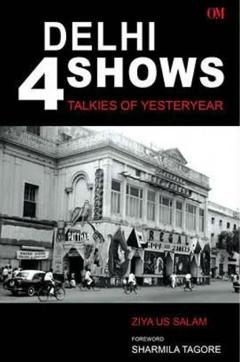
The 25-page introduction talks about the appearance of cinema halls in different parts of an expanding city. At first, when it came to theatres, South and West Delhi, now considered posh localities, lagged behind Old Delhi and Connaught Place which had a well-established cinema culture by the 1950s.
The theatres that are now popular in these areas came up as temporary halls, makeshift tin and tarpaulin structures on barren lands that would show films thrice a day for two to six months. Eventually, some temporary permit holders were issued with permanent licenses and so almost each area of the city got a cinema hall.
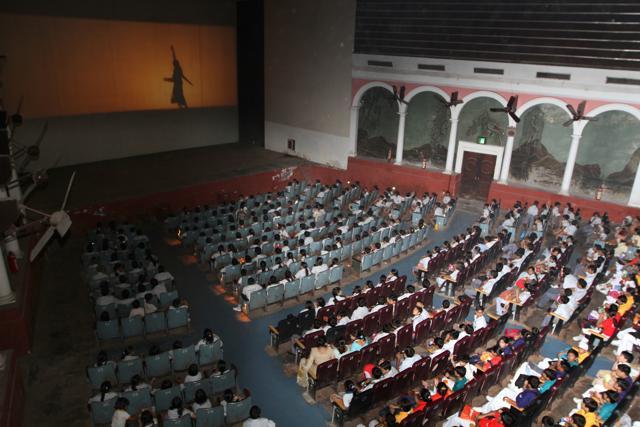
The author’s observations would make anyone nostalgic especially if they have grown up watching movies in Jagat, Moti, Minerva, New Amar, Majestic, Excelsior and any of the dozen or so cinema halls in the Walled City. The Muslim gentry preferred Jagat near Jama Masjid; Hindus took the narrow alleys of Chandni Chowk to Moti.
To avoid being easily recognised at Jagat, a few old nawabi families too went to Moti. For burqa clad Muslim ladies, being seen at the cinema hall in and around Jama Masjid would invite opprobrium so they chose Ritz and Minerva near Kashmere Gate.
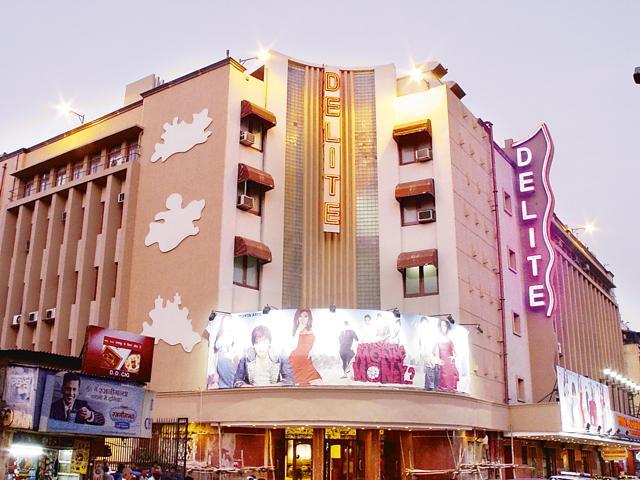
Author Ziya Us Salam who is a journalist and film critic says the establishment of the country’s first multiplex in South Delhi’s Saket in 1997 marked a turning point for single-screen theatres. But this, he says, cannot be described as the death of an older order but merely a sign of the changing times.
One of the achievements of Salam’s eminently readable book is how well it captures numerous details on how cinema viewing has changed in terms of promotion, audience profile, and technology. For instance, between the 1940s and late 1960s, moving carts and cycle rickshaws were used for film promotion in Old Delhi and in parts of west, east and central Delhi; regular cinema goers ensured they were on friendly terms with the booking clerk; many halls had a specially-designated box attached to the balcony where ladies could feel secure as they watched films.
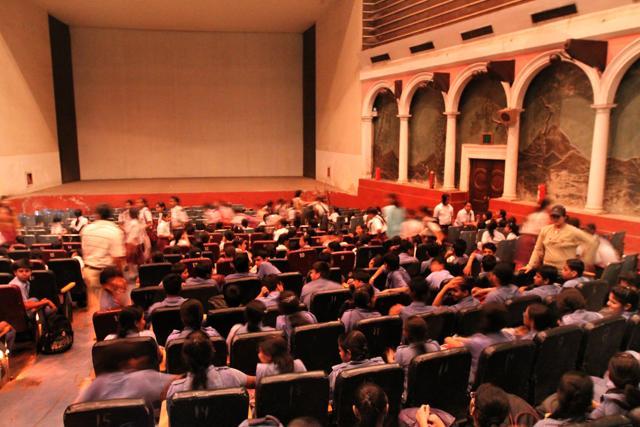
Each of the book’s eight sections has chapters on cinema halls of a particular area or suburb of the National Capital Region. Some of these chapters read almost like short stories:
Sometime in 1956, Pandit Jawaharlal Nehru, back from Rangoon, brought a film called Chalo Delhi to Regal Cinema at Connaught Place where it was screened for members of the Congress party.
For a long time, Moti cinema at Chandni Chowk, which now screens Bhojpuri films, was Raj Kapoor’s favourite cinema hall in Delhi. The star visited it with his crew for the premier of his biggest films including Aawara, Mera Naam Joker and Sangam.
In the 1980s, college students favoured Chanakya in South Delhi.
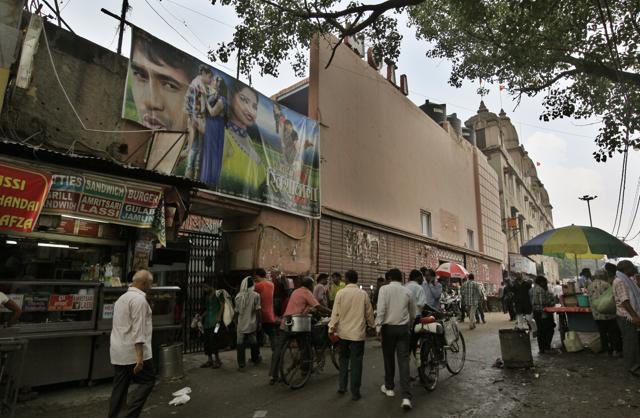
The concluding essay on Delhi’s cinema culture focuses on the early entrants to Delhi’s cinema business. Notable among them were the Sebels from Pakistan, who set up more than half a dozen temporary halls in far flung areas of Delhi and in the small towns of Uttar Pradesh that bordered Delhi, the Seths, who owned Jagat, Novelty and Ritz in Old Delhi, and the Dayals, who gave the Regal cinema its royal touch. Much later, cinema caught the attention of real estate tycoons, who developed Uphaar, Anupam and Eros. The section that shows how events like World War II, the Indo-China War and the anti-Sikh pogrom of 1984 affected the cinemas in the city is also excellent.
As entertaining as the subject it tackles, Delhi 4 shows: Talkies of Yesteryear is a fitting tribute to the capital’s cinema theatres. Hopefully, other authors too will similarly commemorate the fast-disappearing halls of our many urban centres that are such an interesting part of our built heritage.
Delhi 4 Shows - Talkies of Yesteryear
Zia Us Salam
Om Books International
Rs 395; PP280





